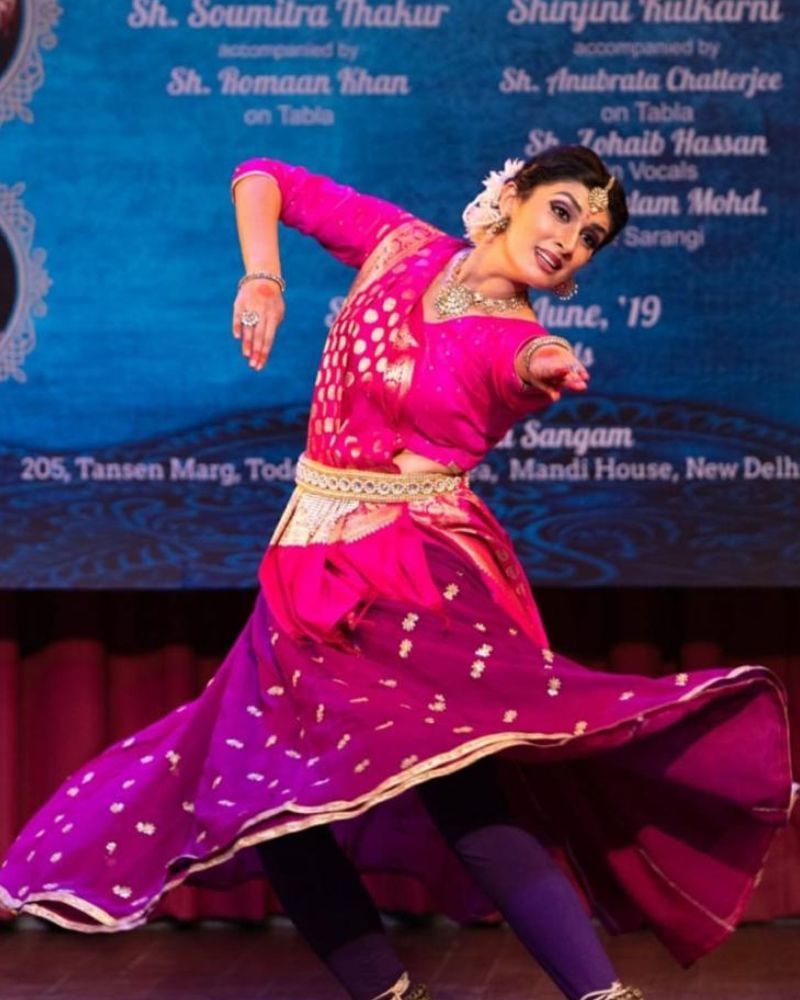Bharatanatyam: The Timeless Dance of Divine Grace

Bharatanatyam, one of the oldest and most revered classical dance forms of India, originates from the temples of Tamil Nadu. This dance, once a sacred offering to the gods, has evolved into a globally recognized art form that embodies elegance, devotion, and storytelling. With its intricate movements, rhythmic footwork, and expressive gestures, Bharatanatyam continues to captivate audiences worldwide.
A Dance Rooted in Tradition
Bharatanatyam traces its origins to the Natya Shastra, an ancient Sanskrit text on performing arts written by Bharata Muni. The dance was traditionally performed by temple dancers, known as Devadasis, as a form of worship to deities. Over time, it transitioned from temple rituals to theatrical performances, preserving its spiritual and artistic essence.
The name Bharatanatyam itself holds meaning:
- Bha – Bhava (expression)
- Ra – Raga (melody)
- Ta – Tala (rhythm)
- Natyam – Dance
These elements come together to create a mesmerizing performance that blends storytelling with technical brilliance.
Graceful Movements and Symbolism
Bharatanatyam is known for its precise and controlled movements. Dancers use intricate footwork, hand gestures (mudras), and facial expressions (abhinaya) to narrate mythological stories. The dance is performed in a series of structured sequences, often depicting scenes from Hindu epics like the Ramayana and Mahabharata.
A typical Bharatanatyam performance follows a set sequence:
- Alarippu – The invocatory piece that prepares the dancer’s body and mind.
- Jatiswaram – A rhythmic dance showcasing pure movement without storytelling.
- Varnam – The central and most expressive piece, combining storytelling and complex rhythms.
- Padams – Slow, expressive pieces focusing on emotions and devotion.
- Tillana – A fast-paced conclusion celebrating rhythm and movement.
Costume and Aesthetic Beauty
The Bharatanatyam costume is a visual delight, reflecting the grandeur of South Indian temple traditions. Dancers wear vibrant silk sarees with pleated fans that enhance movements. Gold jewelry, intricate headpieces, and anklets with bells (ghungroos) add to the aesthetic appeal. The dancer’s face is adorned with bold makeup, emphasizing expressive eyes and facial expressions.
Music and Accompaniment
Bharatanatyam is performed to Carnatic music, a classical South Indian musical tradition. Instruments like the mridangam (percussion), veena (string instrument), flute, and nattuvangam (cymbals) accompany the dancer, creating a harmonious blend of rhythm and melody. The dancer and musicians work in perfect synchronization to bring stories to life.
A Global Legacy
While Bharatanatyam remains deeply rooted in Indian culture, it has gained global recognition. Dance schools worldwide teach this art form, and international performances showcase its beauty on prestigious stages. Modern interpretations and cross-cultural collaborations have also expanded its reach while preserving its traditional essence.
Bharatanatyam is more than just a dance; it is a divine art form that bridges history, spirituality, and artistic expression. With its timeless grace and profound storytelling, it continues to inspire generations of dancers and audiences alike. Whether performed in a temple or on a grand stage, Bharatanatyam remains a testament to India’s rich cultural heritage and artistic excellence.